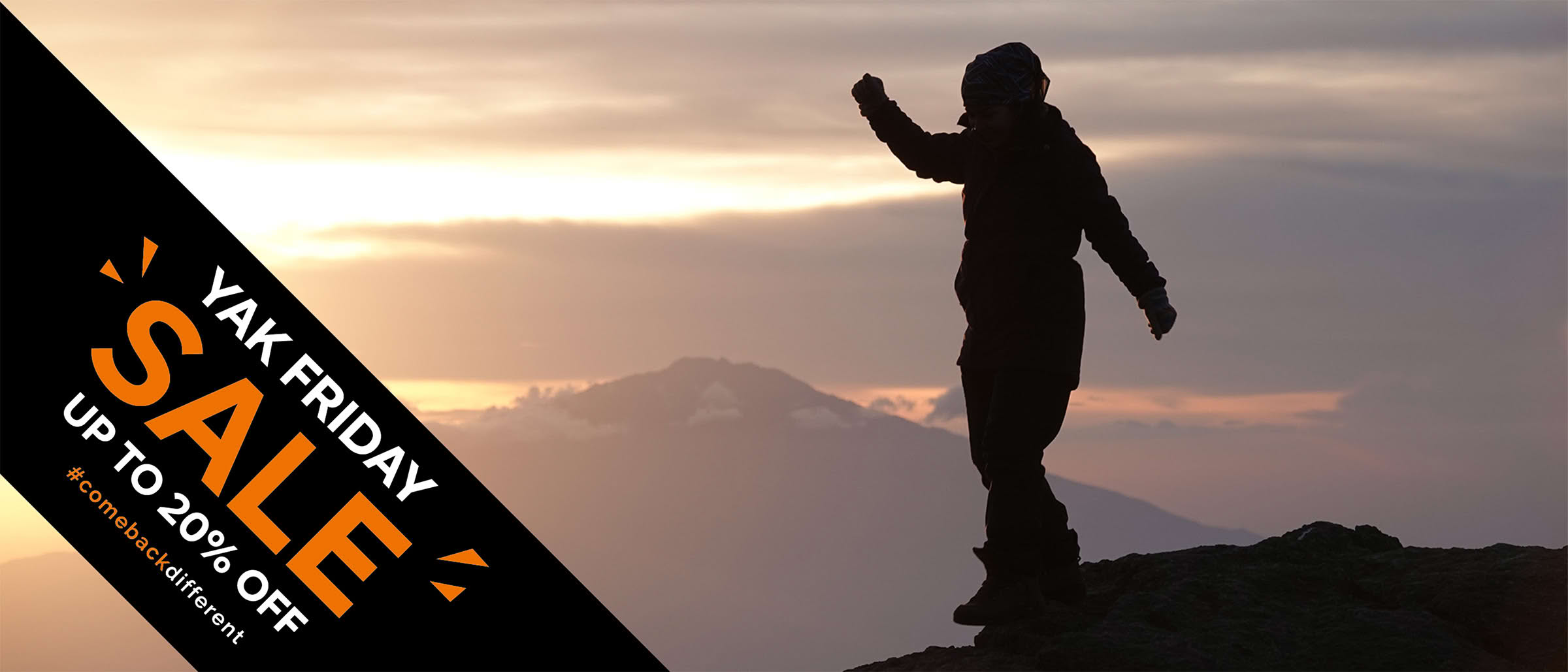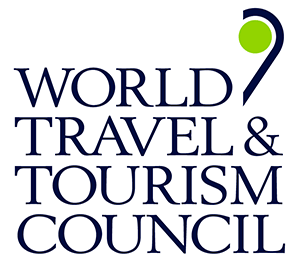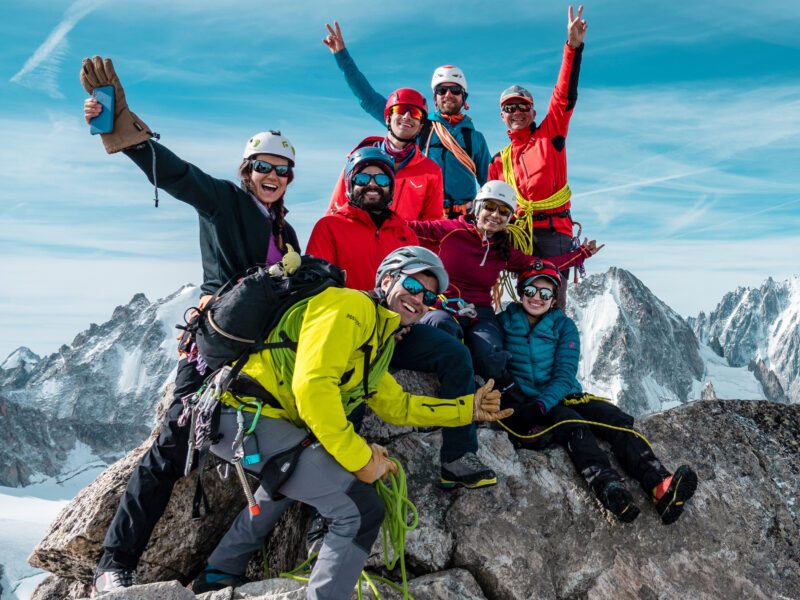BY Rami Rasamny | September 15 2025
What’s the Difference Between Trekking and Hiking?
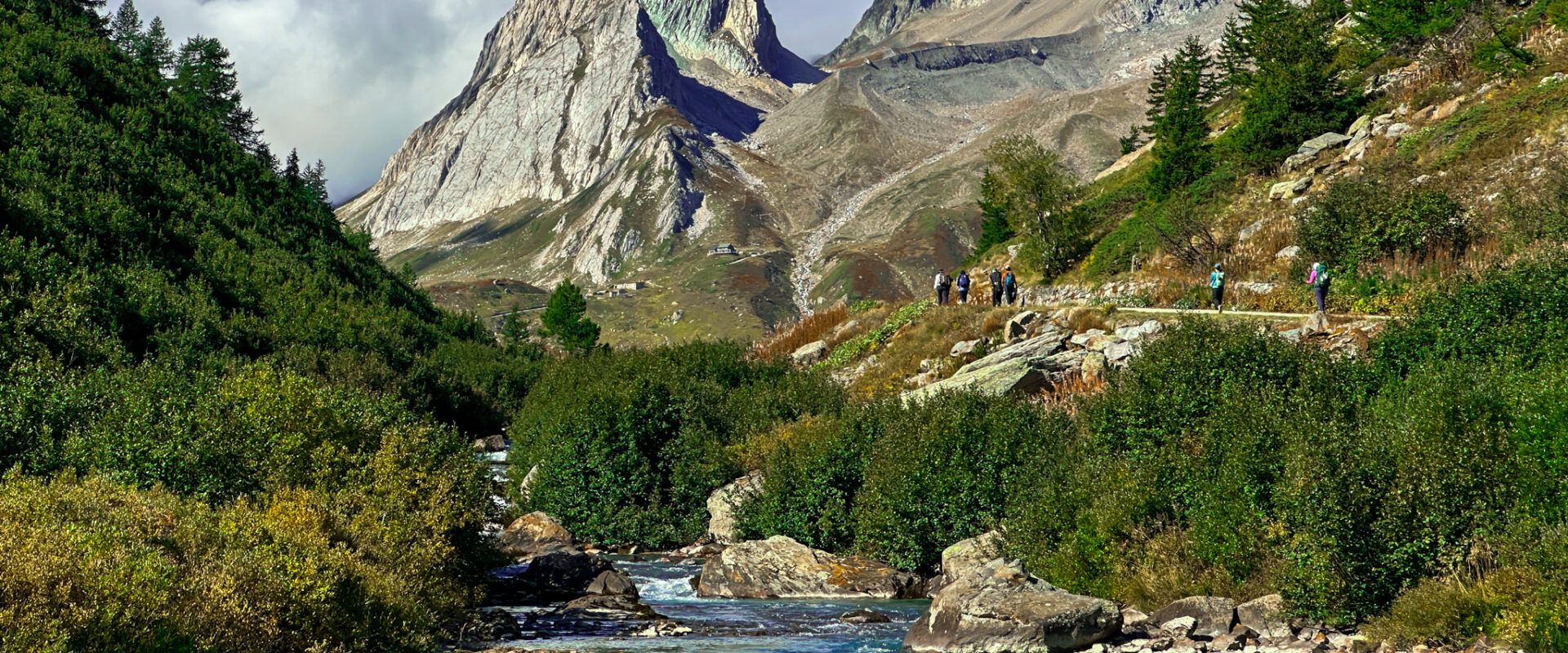
By Rami Rasamny
Discover the true differences between trekking and hiking, from terrain and gear to duration and preparation, and find out which adventure is right for you.
Introduction
When we step out of the city and into the wild, many of us ask: What’s the difference between trekking and hiking? On the surface, both involve walking through nature. But dig a little deeper and you’ll discover that trekking and hiking are very different experiences.
As someone who has guided people on everything from scenic forest walks to multi-week expeditions through remote mountain ranges, I can tell you that understanding the difference is essential. It affects how you prepare, the gear you carry, and even the mindset you bring to the trail.
What is Hiking?
Hiking is the more accessible of the two. It usually takes place on well-maintained trails and can last from a few hours to a full day. Hiking is perfect for people looking to spend time in nature without needing specialized gear or advanced skills.
Examples of hiking include exploring a local forest loop, walking along a coastal path, or summiting a small mountain within a single day.
Key characteristics of hiking include:
- Trails that are clearly marked and easy to follow
- Minimal gear requirements such as good shoes, water, and snacks
- Moderate physical effort suitable for most fitness levels
- Lower exposure to environmental risks like altitude or extreme weather
Hiking is a wonderful way to reconnect with nature, relieve stress, and build your fitness, all while keeping things simple and manageable.
What is Trekking?
Trekking takes things to another level. A trek is typically a multi-day journey into more remote and rugged terrain. It involves carrying everything you need, navigating wild landscapes, and often camping overnight or staying in remote lodges.
Examples of treks include the Annapurna Circuit in Nepal, the Inca Trail in Peru, or even a journey across the deserts of Jordan.
Key characteristics of trekking include:
- Longer duration, often lasting several days or even weeks
- Rugged and unmarked terrain that may require navigation skills
- Higher physical and mental demands due to distance, elevation, and conditions
- Greater need for planning, logistics, and specialized gear
- Higher exposure to challenges such as altitude sickness or severe weather
Trekking is immersive and transformative. It demands preparation and commitment but rewards you with unforgettable experiences and a deeper connection to the natural world.
The Core Differences Between Hiking and Trekking
The differences between hiking and trekking come down to four main factors: duration, terrain, preparation, and risk.
Duration: Hiking is generally a few hours to a single day, while trekking can last several days or weeks.
Terrain: Hikes usually take place on established trails, while treks often venture into wild, unmarked, or challenging terrain.
Preparation: Hikers need basic gear and a reasonable level of fitness. Trekkers require advanced planning, specialized gear, and often, the support of guides or porters.
Risk: Hiking carries minimal risk beyond slips or minor weather changes. Trekking, especially in remote areas, involves higher stakes such as altitude sickness, severe weather, and the need for self-sufficiency.
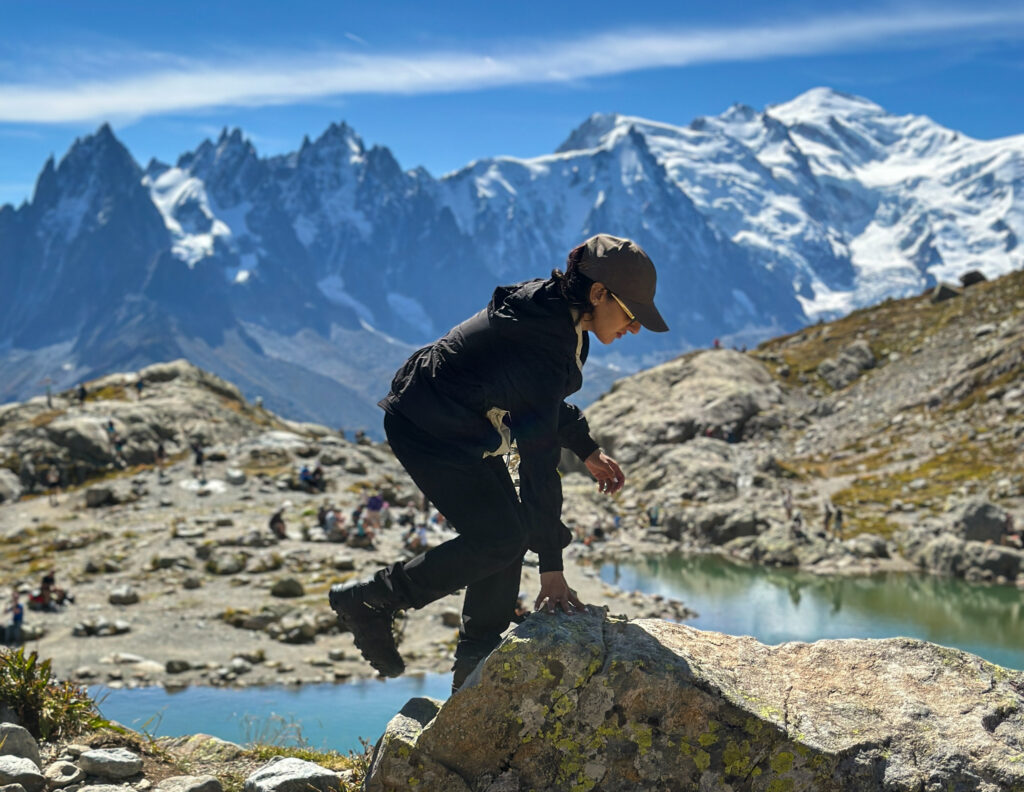
Why the Difference Matters
Knowing whether you are hiking or trekking matters because it shapes everything about your adventure.
It helps you choose the right experience for your goals and fitness level. It ensures you pack the correct gear and prepare mentally and physically for what lies ahead. Most importantly, it helps you stay safe by setting realistic expectations.
Hiking can be done spontaneously, often with minimal preparation. Trekking requires detailed planning, physical training, and sometimes even a team to support you.
When to Choose Hiking
Hiking is perfect if you:
- Have limited time, such as a single day or weekend
- Are new to outdoor adventures and want to build confidence
- Prefer a lower-cost activity with minimal gear needs
- Want to enjoy nature without pushing extreme physical limits
Popular hiking destinations include scenic day routes like forest loops, waterfalls, or gentle mountain summits.
When Trekking is the Better Choice
Trekking is ideal if you:
- Have multiple days to dedicate to a journey
- Crave deeper immersion in wild, remote landscapes
- Want to challenge yourself physically and mentally
- Are ready to invest in proper gear and preparation
- Dream of experiencing iconic trails and cultural encounters
Classic trekking destinations include the Himalayas, the Andes, Patagonia, and the Alps.
Preparing for Hiking vs Trekking
The preparation required for each activity varies greatly.
For hiking, basic fitness is usually enough. Comfortable shoes, weather-appropriate clothing, water, and snacks will cover most needs.
For trekking, preparation becomes a journey in itself. It involves building endurance, strength training, learning navigation skills, and assembling the right gear, from tents and sleeping bags to insulated clothing and satellite communication devices.
You must also account for altitude acclimatization if your trek takes you to higher elevations.
Common Questions
Can a hike turn into a trek?
Yes. If a simple day hike extends overnight into more rugged terrain without nearby resources, it essentially becomes a trek.
Does trekking always involve altitude?
Not necessarily. While many famous treks are at high elevations, others take place at sea level or in deserts. The defining factor is remoteness and duration, not elevation alone.
Can beginners trek?
Absolutely. With the right preparation, guides, and support, even beginners can embark on incredible treks. The key is to choose the right destination and plan carefully.
Conclusion
Hiking and trekking both offer profound ways to connect with nature, but they are distinct experiences. Hiking is accessible and simple, making it perfect for a spontaneous escape or a relaxing day in the outdoors. Trekking is an immersive adventure that challenges you physically and mentally, often leading to life-changing moments.
At Life Happens Outdoors, we believe both hiking and trekking have their place. Whether you’re taking your first steps on a local trail or setting out on a multi-day expedition, the goal is the same: to grow, to explore, and to come back different.
Your next journey begins with understanding what you’re ready for. So lace up your boots, choose your path, and step into the adventure that’s right for you.
About The Author
Rami Rasamny is the founder of Life Happens Outdoors, a premium adventure travel community dedicated to transforming lives through curated outdoor experiences. A mountaineer and entrepreneur, Rami has led teams on some of the world’s most challenging peaks, from the Alps to the Himalayas. His mission is to make adventure accessible, transformative, and safe for all who seek to push their limits and Come Back Different.
About Life Happens Outdoors
At Life Happens Outdoors, we believe in the power of nature to transform lives. As proud members of the Adventure Travel Trade Association (ATTA) and the World Travel & Tourism Council (WTTC), our team of certified guides and outdoor professionals is committed to the highest standards of safety, sustainability, and excellence.
Discover more about our story and mission on our Meet LHO page, or explore our curated adventures such as the Tour du Mont Blanc Trek, the Climb of Kilimanjaro, and Chasing the Northern Lights.









